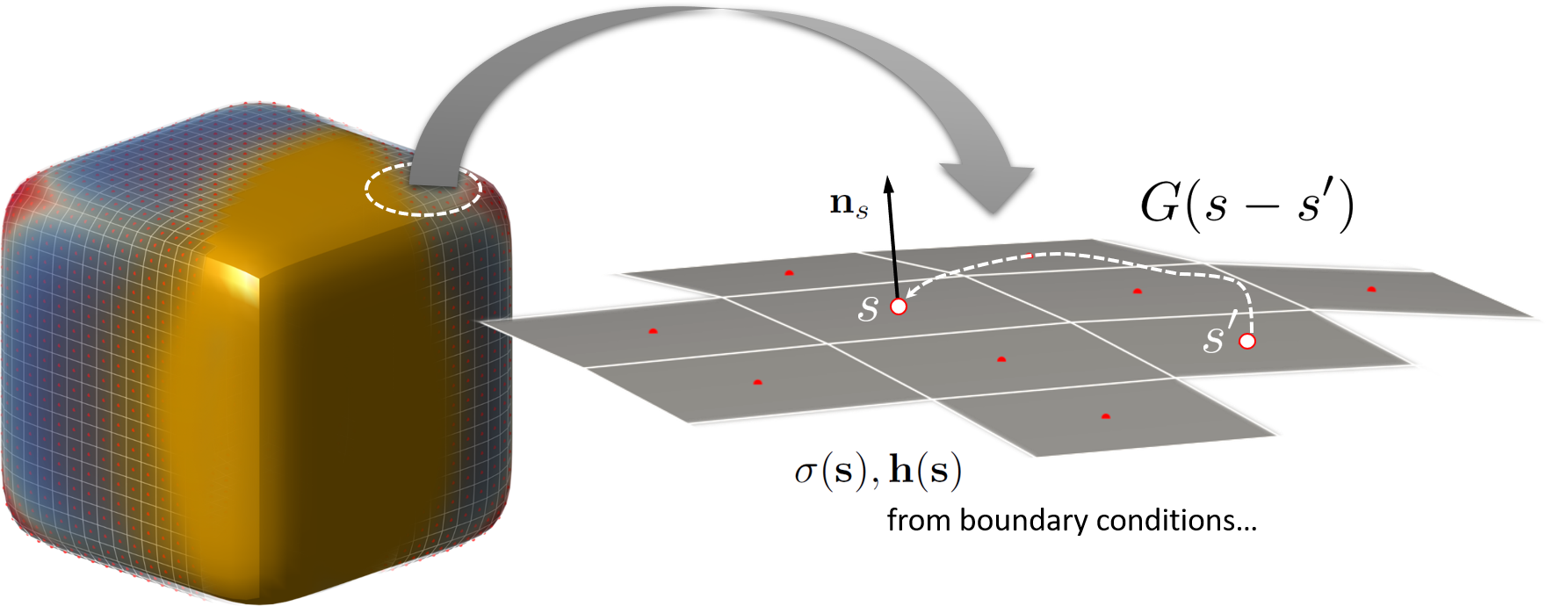Nanophysics
From cancer therapy to invisibility - the promises of light-matter interactions at the nanoscale

Physics at the nanoscale
Half a century ago it was Richard Feynman who first talked about the incredible possibilities if we investigate physics at the nanoscale (There’s Plenty of Room at the Bottom, 1959, Caltech). It took nearly 20 years until this first concepts became reality.
The discovery of fullerenes, carbon nanotubes and semiconducting nanostructures, the invention of the atomic force or scanning tunneling microscope are just a few milestones which lead to the fact that nanotechnology is regarded as one of the key technologies of the 21st century. The rapid advance of nanoscience in the last years led to a vast increase of research activities and inspired many scientists and research groups. The field of application is widespread, ranging from quantum optics, surface technology, and biochemistry, to also less obvious areas like medicine.
Nanoparticles and surface plasmons
Nanoparticles are small clusters with a diameter of about 10 to 100 nanometers and they consist of several thousands to millions of atoms. For such small objects the physical properties can differ appreciably compared to what they exhibit on a macroscale. One of the fascinating things is that quantum mechanical effects can be studied for these particles in a regime, where the transition from the micro- to the macrocosm takes place.

Numerical Simulation of Maxwell’s equations
I have been working on numerical simulations of physical processes at the nanoscale for almost a decade. During that time Ulrich Hohenester and I also developed a Matlab simulation toolbox called MNPBEM, where we applied the Boundary Element Method to efficiently solve Maxwell’s equations for metallic nanoparticles.

Our MNPBEM toolbox for simulations at the nanoscale.
Some selected publications
- A. Trügler
Optical Properties of Metallic Nanoparticles: Basic Principles and Simulation
Springer Series in Materials Science, Vol. 232 (2016), ISBN: 978-3-319-25072-4.
-
A. Hörl, G. Haberfehlner, A. Trügler, F. Schmidt, U. Hohenester, and G. Kothleitner
Tomographic reconstruction of the photonic environment of plasmonic nanoparticles
Nature Communications 8, 37 (2017). (Nat. Com.)
-
M. Lagos, A. Trügler, U. Hohenester, P. Batson
Mapping vibrational surface and bulk modes in a single nanocube
Nature 543, 529-532 (2017). (Nature)
-
U. Hohenester and A. Trügler
MNPBEM - A Matlab toolbox for the simulation of plasmonic nanoparticles
Comp. Phys. Commun. 183, 370 (2012). (CPC)




